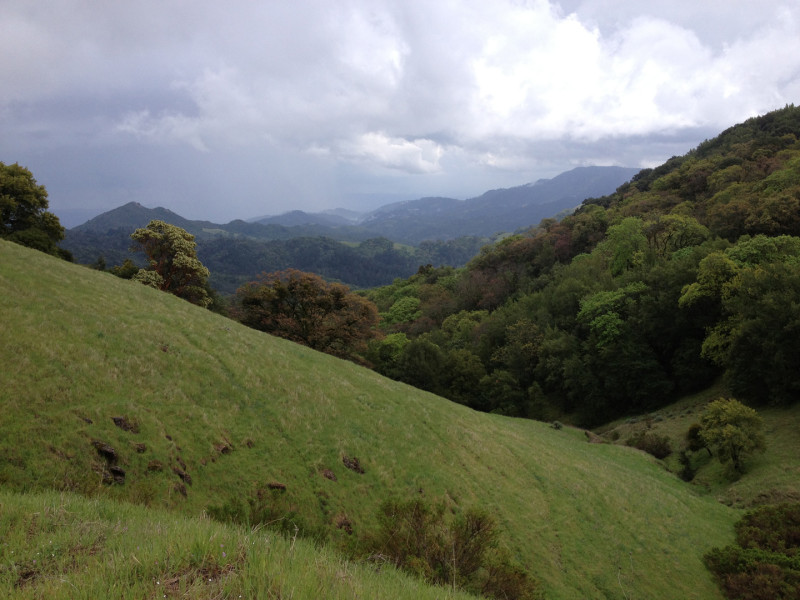It should be noted that Krause uses high-end recording gear when capturing these sounds at Sugarloaf Ridge State Park. And he follows strict standards, like taking the recordings at the same time of day and using the same settings, so audio tracks can be compared from year to year with credibility.
"Spring at that spot is occurring two weeks earlier than when I started in the mid-90s," Krause said.
He warns that it's too early to draw major conclusions from his recordings, but one theory is that climate change is impacting bird migration patterns through this section of California.
"The biophony is a strong indicator of habitat viability. Think of it as the voice of the natural world," he says. "Right now at that particular spot, the narrative expressed through that voice is not robust."
One thing that definitely stands out in these records is the impact of the current drought. In 2004, and 2009, the water of the nearby stream is loud and sounds as if it is moving swiftly. Yet in 2014, the water can barely be heard at all.
Krause intends to continue his annual recordings in Sugarloaf Ridge State Park for years to come.
Here are the individual tracks by year, so you can listen again.
Learn more about Bernie Krause and Wild Sanctuary.
KQED Science Editor Craig Miller contributed to this report.
